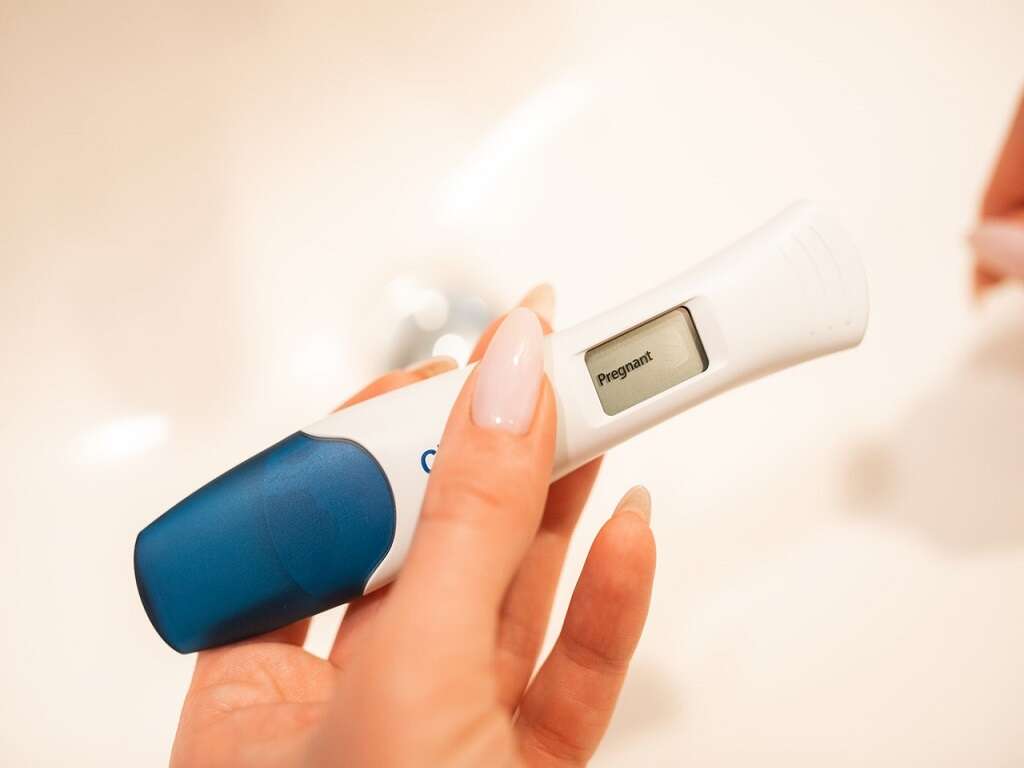What Causes BV?
BV (bacterial vaginosis) is a condition where there is excessive growth of bacteria in the vagina. This condition is also known as nonspecific vaginitis. Patients with BV experience multiple issues due to the excessive bacterial growth. BV can also be associated with an increased risk of other complications such as higher risk of sexually transmitted infections and early delivery in pregnant women.
BV is the commonest vaginal infection among women who are in the reproductive age group. The overgrowth of the bacteria results in an imbalance of naturally occurring bacteria in the vagina. It is most commonly due to a bacteria known as Gardnerella vaginalis, which is an anaerobic bacteria that has been found to cause a variety of infections but is most recognized for its role in BV.

1. Pathophysiology
The excessive overgrowth of bacteria in BV results in vaginal odor and increased discharge. Although most commonly caused by Gardnerella vaginalis, other bacteria that may contribute to the infection are of the Eubacterium, Mobiluncus, Fusobacterium, Peptostreptococcus, Bacteroides, and Veilonella species. The overgrowth alters the balance of the vaginal flora, resulting in an increase of the local pH, which in turn, reduces the population of lactobacilli.
Lactobacilli are important as these organisms help maintain the acidic pH in normal vaginas and inhibit the growth of other harmful bacteria. Gardnerella vaginalis may form a biofilm that can be resistant to medical treatment.

2. Etiology
As previously mentioned, in BV the lactobacilli population is greatly diminished while the population of other anaerobes and Gardnerella vaginalis increases. Some of the risk factors associated with the development of BV are tub bathing (especially bubble bath), having multiple sexual partners, douching, use of an intrauterine device, using over-the-counter intravaginal hygiene products, high frequency of intercourse, and the presence of other sexually transmitted diseases.
These factors contribute to the development of BV as it disrupts the normal vaginal flora. There is some evidence that shows the use of hormonal contraception that uses progestin or combination of progestin and estrogen is protective for the development of BV.

3. Epidemiology
In the United States, BV is found to occur in 33% of adult women. This translates to an estimated 21 million women with 10 million making office visits for vaginal discharge. It has been observed that there is an increased prevalence of BV among women who smoke, are single, obese, and have a history of induced abortion or pregnancy. Gardnerella vaginalis has also been found in 80% of male sexual partners of women with BV.
There are some studies that have shown that BV is more common among African American women compared to non-Hispanic white women. However, the reason for this is unclear. This infection is predominantly in women and rarely develops in men. In women, it typically occurs in women of reproductive age.

4. Signs and Symptoms
Patients with BV most commonly experience malodorous vaginal discharge. This odor may be recognized only after sexual intercourse as the alkalinity from semen can result in a release of volatile amines to cause a fishy odor. The increase in vaginal discharge is generally mild to moderate. It is often thin, gray, adherent to the vaginal mucosa, and may contain small bubbles in the discharge.
Some patients may complain about irritation around the genitalia, pain or burning during urination (dysuria), or pain during sex (dyspareunia). Mild itching can sometimes occur. There are some experts who have reported BV can be asymptomatic in almost 50% of affected women.

5. Diagnosis
Patient history and examination are crucial for the diagnosis of all conditions. Microscopic examination of the discharge is considered necessary for the diagnosis of BV. The bacterial flora from the vagina can also be examined for changes. A healthy vagina predominantly contains lactobacilli. Vaginal swabs should be tested for a “fishy” odor, loss of acidity, and the presence of clue cells. In clinical practice, diagnosis of BV can be achieved when 3 out of 4 of the Amsel criteria are met.
An alternative is to use a Gram-stained vaginal smear with the Hay/Ison or Nugent criteria. The rapid diagnosis of BV in symptomatic women can also be performed using the Affirm VPIII test (although expensive).

6. Approach to Treatment
Patients with BV do not generally require inpatient care. Antibiotics are the mainstay of therapy for BV. However, women who are asymptomatic do not need treatment. Studies regarding the application or oral consumption of lactobacilli or yogurt to reestablish lactobacilli population in the vagina have inconsistent results.
One controversial approach for some women who experience recurrent BV is the treatment of their sexual partner. Treatment of BV is recommended despite little evidence to support the treatment of BV in women before the insertion of an intrauterine device, total abdominal hysterectomy, or caesarean delivery. Douching, bubble baths, and over-the-counter vaginal hygiene products should be avoided.

7. Medications
Antibiotics are the mainstay of treatment. Both metronidazole and clindamycin can be used for the treatment of Gardnerella infections. Both metronidazole and clindamycin can be given orally or applied inside the vagina; however, 10% to 15% do not experience any improvement in symptoms after the first course of antibiotics. A recurrence rate of 80% has been documented.
In 2017, secnidazole was approved for women with BV. Trials have reported statistically significant improvements for patients who take secnidazole compared to placebo. A review by Cochrane in 2009 found tentative but insufficient evidence for the use of probiotics for the treatment of BV. In 2014, another review reached the same conclusion.

8. Outpatient Care and Prevention
Uncomplicated BV cases tend to resolve after standard antibiotic treatment. Cases that do not resolve after treatment can be given a second course using the same agent. Switching to a different agent can also be done as the organism may respond better to the new agent. Although treatment of sexual partners may be beneficial, a Cochrane review found that the antibiotic treatment of sexual partners had no effect on the rate of improvement in patients.
Using condoms can help prevent recurrent infections. Testing of other infections may be appropriate due to the increased incidence of other sexually transmitted diseases. Prevention of BV includes avoiding the risk factors such as bubble baths, douching, and feminine hygiene products.

9. Complications and Patient Education
In patients with BV, Gardnerella vaginalis bacteremia can occur. This is more common among women after postgynecologic and postpartum procedure infections. An anticoagulant that is often used in blood culture media is toxic to G. vaginalis and therefore may lead to the underdiagnosis of this infection. It can also cause urinary tract infections, especially among women.
G. vaginalis can lead to other complications such as cervicitis, endometritis, chorioamnionitis, vaginal cuff cellulitis (after hysterectomy), and pelvic inflammatory disease. Patients should be educated regarding the risk factors and basic pathophysiology of the disease as this can help in the prevention of further episodes.

10. Prognosis
BV cases that are uncomplicated usually resolve with antibiotic treatment. The prognosis for uncomplicated BV is usually excellent. In complicated cases of BV that result in other infections, it can lead to more serious sequelae such as pelvic inflammatory disease, salpingitis, and endometritis. Left untreated, it can cause complications in pregnancy such as premature rupture of membranes, chorioamnionitis, premature labor, and postpartum endometritis.
BV also increases the risk of acquiring sexually transmitted diseases such as human immunodeficiency virus (HIV). Intravaginal practices for women play an important role in the possibility of developing BV. BV also increases the risk of postgynecological procedure and postabortion infections.












